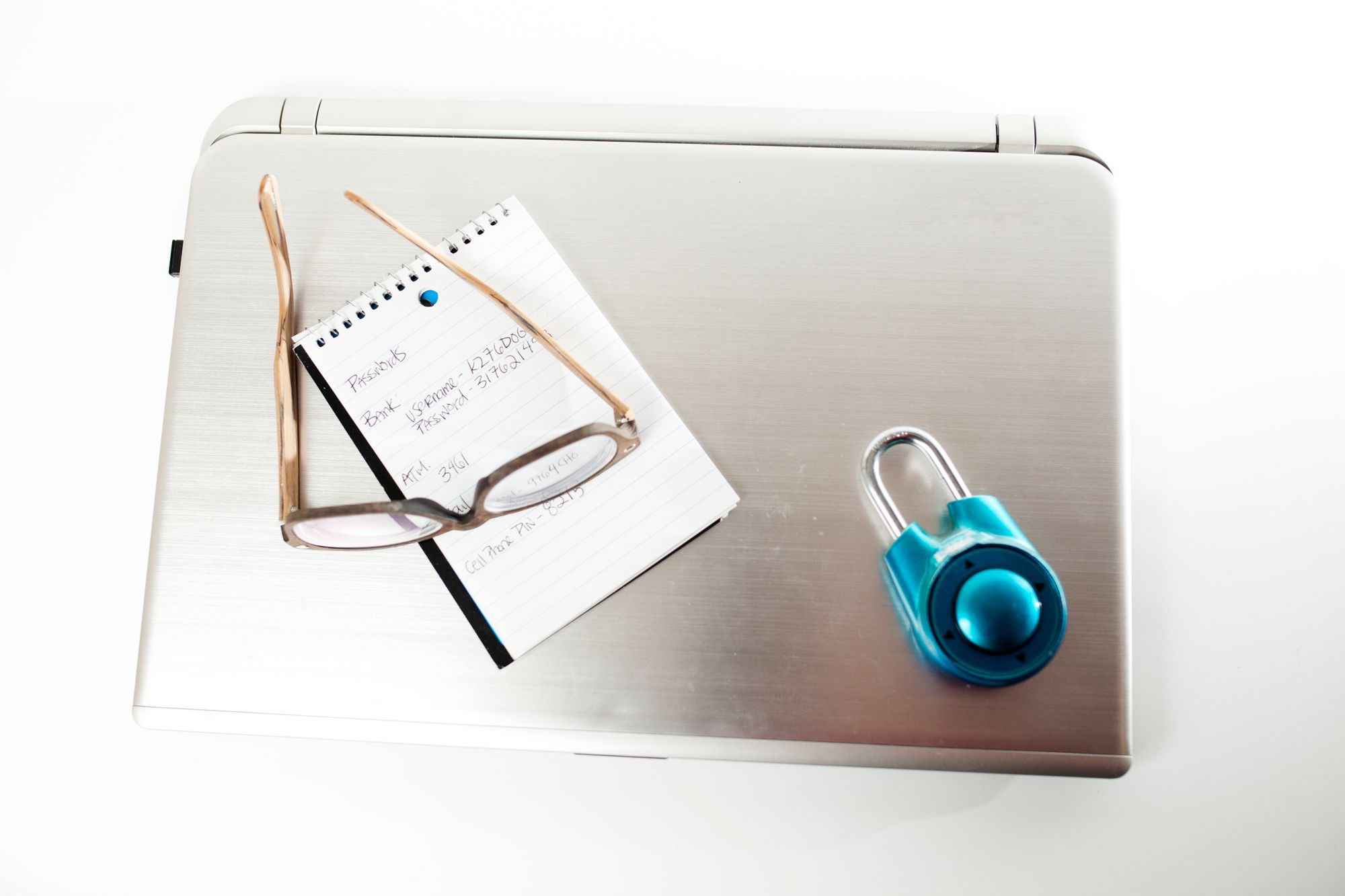When it comes to protecting your data, Password cleanliness is next to Godliness.
'Open Sesame' might be a convenient way to access your most sensitive information, however not one that we might be recommending any time soon. This article explores the top three ways in which you can secure your password and keep your password hygiene to an optimal level.

Did you know? These five passwords accounted for 3.2 million of the 130 million accounts that were stolen in the Adobe hack of 2013: '123456', '12345678', 'Password', 'Adobe123', '123456789'.
The password is a phenomenon that has become an imperative part of our online presence, and its combination with a username continues to be the primary modus operandi used to access digital devices, apps and online data. Whether we are sending an email, opening a social media account or asking our employees to create a payroll account, we are forced to create a password as a requirement of entry into your newly created private corner of the web.
However, it is through this authentication method that data breaches commonly occur. In 2018 alone, 35% of the world’s population fell victim to their password being hacked and subsequently data being stolen. In fact, poor password hygiene has said to be one of the main causes of data breaches. The good news is that with advancements in technology and the necessity to protect data, has emerged further protections that we can put into place to make sure that our passwords are secure, and our password hygiene passes the test.
What are the top three ways in which to keep your password hygiene up to the mark?
We're glad you asked.
- Don’t repeat passwords and update them frequently. Let’s cut to the chase. Repeating a password is a hacker’s dream situation. More often than not, and out of sheer convenience (and sometimes laziness) we use the same password for multiple accounts. It’s understandable – it’s easy to remember. In 2018 alone however, 2.7 billion passwords were successfully attacked (Source: Sandstorm). It’s a process of trial and error for hackers, but when they hit the pot of gold (and if your passwords are repeated) they have access to multiple accounts.
2. Get comfortable with using Passphrases. When it comes to security for your accounts, passphrases are up there with Royalty or at least the very reputable FBI. In fact, the FBI has recommended that “instead of using a short, complex password that is hard to remember, consider using a longer passphrase” (Source: ZDNet). What is a passphrase and how does it differ from a password? The main point of difference is that the passphrase involves the combination of several words into a long string of at least 15 characters.
Here’s a rundown by XKCD Comics:

3. Two-Factor Authentication. Although at times underappreciated and misunderstood, two-factor authentication has rapidly become the go-to for password protection and security in recent times. So, what does 2-factor authentication entail? At its very basic level, it is an added layer of security to each online platform or account that you may access (or that requires a username and login). As we know, the first layer is the combination of a username and password (where password hygiene becomes very important). Two-factor authentication is then an extra security blanket that does two things: (1) Further validates your identity and (2) makes it very difficult for a third-party to access your data. This reduces the impact of fraud, data loss or identity theft.
When you create your Digital Vault with LifeReady, you are asked to go through a password procedure that ensures maximum security for your sensitive data including the use of two-factor authentication and passphrases. Furthermore, when you create a password for entering your Vault, you will be notified as to the strength of the password and exactly how secure it is.
To keep up to date on the latest product news, make sure you subscribe to LifeBlog.
If you would like to learn more about how LifeReady can help you organise, store and share your important life information, or to try out our platform contact us here: lifeready.io
